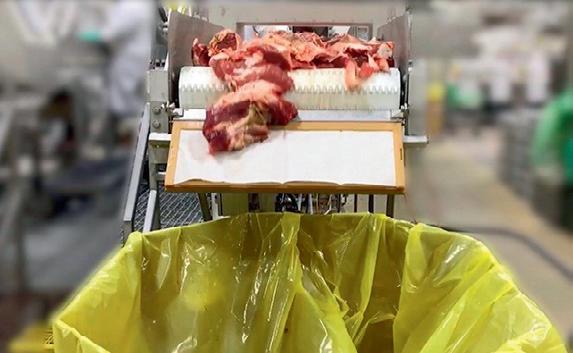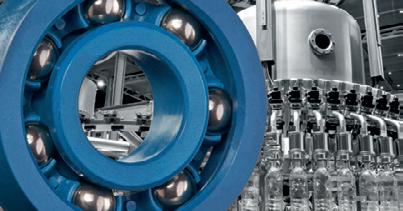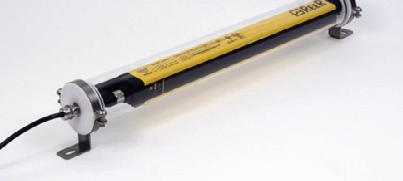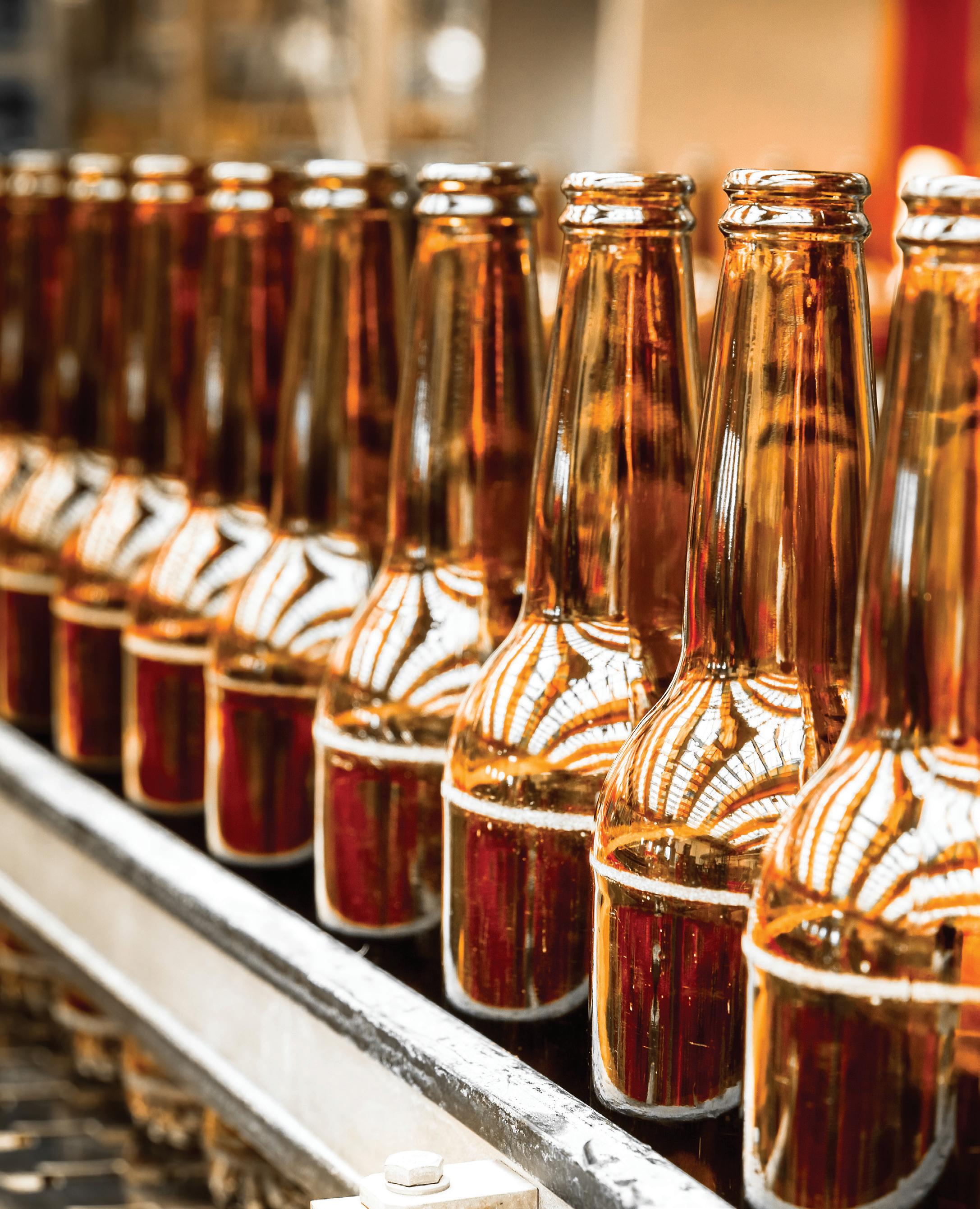
14 minute read
Grading fruit & veggies of all shapes and sizes

Grading fruit and veggies of all shapes and sizes
Grading fruit and vegetables for size and appearance is becoming increasingly important in today’s domestic and export markets. Solutions often require significant investment and can be unsuitable for delicate fruits and odd shapes, or don’t match the smaller scale required for particular crops or varieties.
Auspouch has worked with Zetapack of Italy to address these concerns and deliver practical and straightforward graders suited to a wide variety of Australian and New Zealand produce.
Specific varieties that are suitable include: nashi pears, Golden Delicious apples, apricots, persimmons, peaches and nectarines. Vegetable varieties include tomatoes (including truss varieties), capsicums and zucchini.
Produce can be graded by weight, size and colour, ensuring customer specifications for each batch and pack format can be met.
The Zetapack approach is to use machine-based grading and human operators in partnership, which results in accurate sorting of the fruit while maintaining the soft handling that a human operator can provide. By eliminating the human decision process, accuracy and efficiency can be improved across full packing shifts.
The system uses a method of electronically grading each piece and assigning it to individual operators. Each operator is alerted to their designated fruit or vegetable using a moving LED bar at each workstation. If a fruit or vegetable is unpicked, it merely moves around another time to be picked, reducing waste.
The equipment measures the number of pieces of each grade picked throughout each session, giving managers an accurate record of pack-out statistics and packing efficiency.
The Zetapack graders are suitable for: • soft, ripe and delicate fruits; • oddly shaped fruits and vegetables; • bunches and tresses; and • hard fruits at lower production volumes — where it’s not feasible to use or change over a high-tonnage grader.
The graders are designed to be efficient at production rates down to 1–2 tonnes per hour, which makes them suitable for niche varieties and smaller packing sheds. The graders are compact and only require a small footprint in a packing shed.
With a plug and play design, the system can be installed quickly and easily using local resources. It is simple to maintain with no reliance on overseas technicians for installation.
AUSPOUCH www.auspouch.com.au

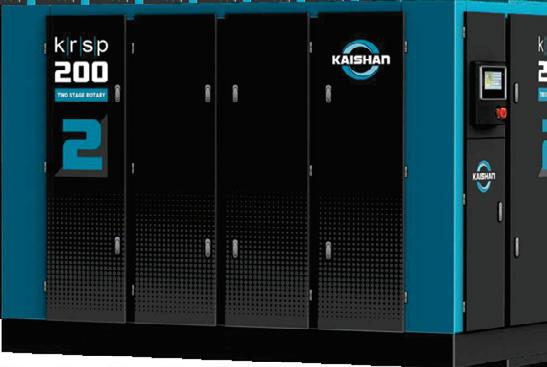
Making juice beverages without preservatives
© Stock.Adobe.com/au/New Africa
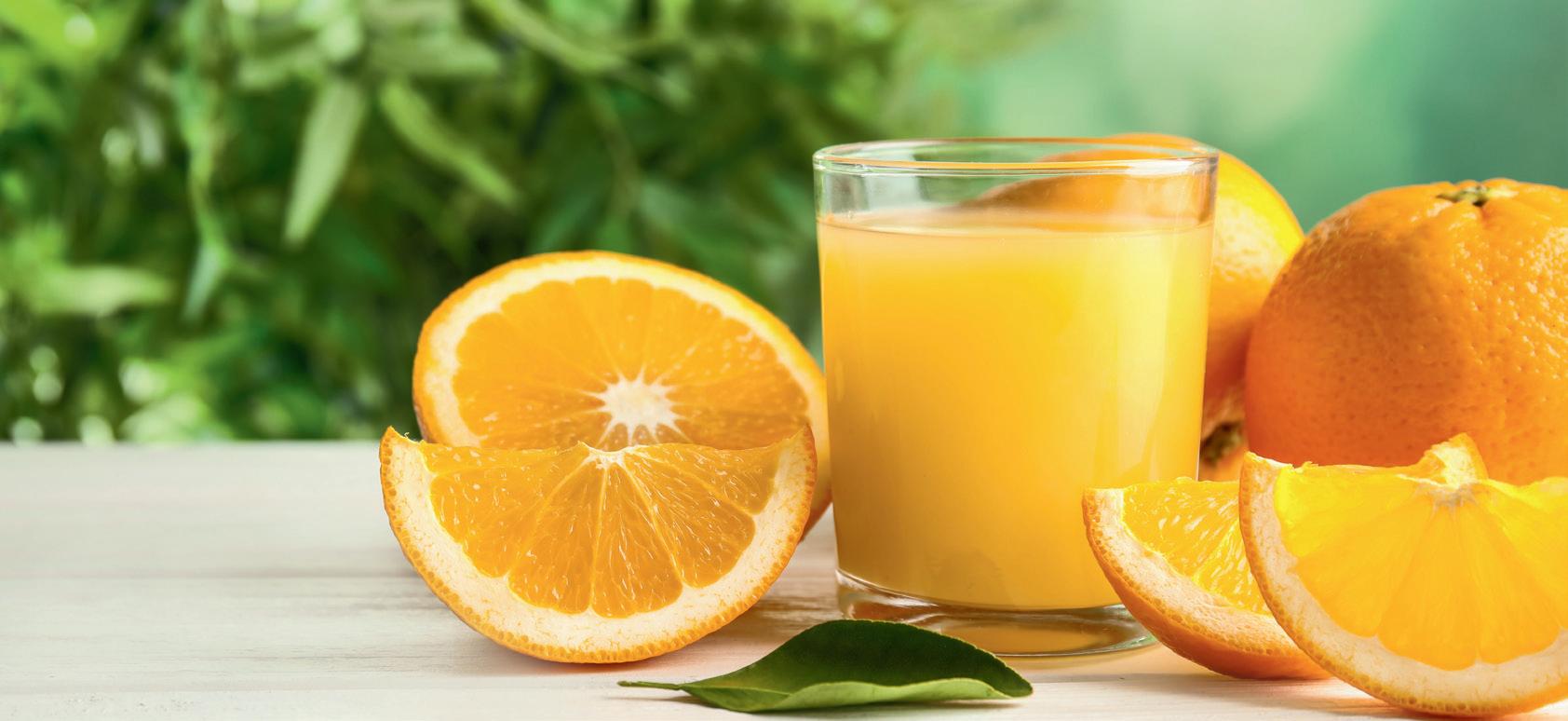
Beverage producer Bidco, in Kenya, has installed a NitroHotfill line from Krones, which combines two advantages: firstly, it hot-fills the products and therefore doesn’t require any additional preservatives, and secondly, it doesn’t require the use of any thick-walled PET containers.
Kenya’s demand for more healthy products is on the rise so opting for a technology that could bottle beverages with a juice content without preservatives was one of the determinant factors behind Bidco’s choice of Krones.
“This Krones technology offers us a major advantage: we can do without preservatives, and nonetheless don’t have to use any thick-walled containers reinforced with vacuum panels,” explained Bidco’s Board Chairman, Dr Vimal Shah.
The moulds for the 0.3, 0.5 and 1.5 L bottles were developed by Bidco in conjunction with Krones. Here, the company opted for wide-neck containers with a neck finish diameter of 38 mm.
As an alternative to conventional hot-filling, the NitroHotfill process uses nitrogen, which is dosed into the bottle after the filling function has been completed. This increases the internal pressure and equalises the shrinkage behaviour.
After the bottle has been capped, its head-space is then sterilised by bringing the bottle to a horizontal position and thus enabling the product at a temperature of 85°C to fill the entire head-space. After subsequent re-cooling to ambient temperature in the LinaCool, approximately 0.3 bar of nitrogen remains in the bottle, which increases the stability and thus the transportation characteristics of the comparatively lighter PET bottles as well.
Bidco sees its entry into the beverage market as an important step forward for expanding its range of consumer goods — and many other beverages are set to follow.
Krones (Thailand) Co Ltd www.krones.co.th
Dewatering press for pre-processed vegetables
The KRONEN Dewatering Press DEW 200 removes excess liquid from products such as canned, pickled or defrosted vegetables. These pre-processed vegetables are often used as fillings of various products such as cold cuts, sausages, stuffed pasta or other delicatessen products. Before processing the ingredients further, they can be dewatered efficiently with the DEW 200.
The machine is loaded with a perforated standard container of 200 L in which the product is filled. The mobile standard container is inserted into the machine and held in a fixed position using a snap-in mechanism. A plate lowers onto the product, which is gently dewatered by the pressure exerted evenly over this plate. The exerted pressure is set using weights between 60 and 210 kg and a selectable throughput time from 1 second to 16 minutes. The processing capacity per hour varies with the product and the set throughput time. Two-hand operation ensures a high level of occupational safety.
The hygienic design and the purely pneumatic operating mode ensure low-maintenance operation. Its stable construction is completely made of stainless steel AISI 304 and is quick and easy to clean and therefore suitable for industrial applications.

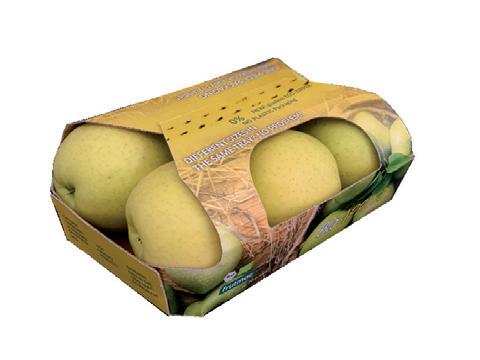
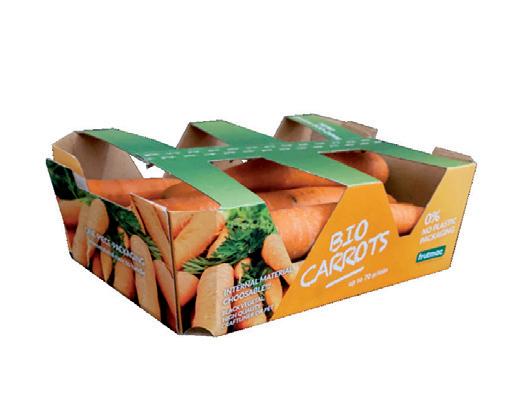
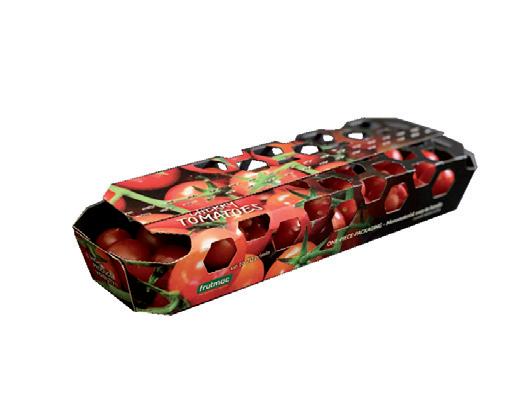


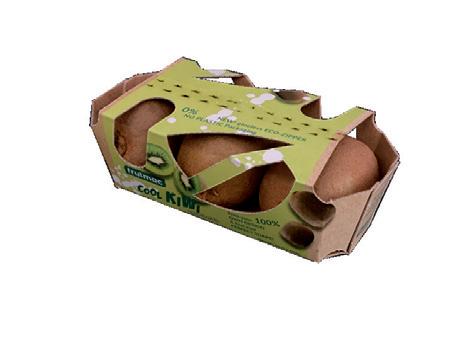
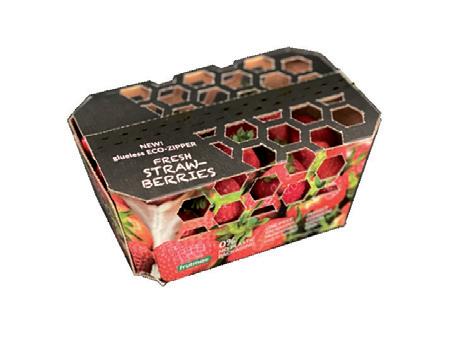
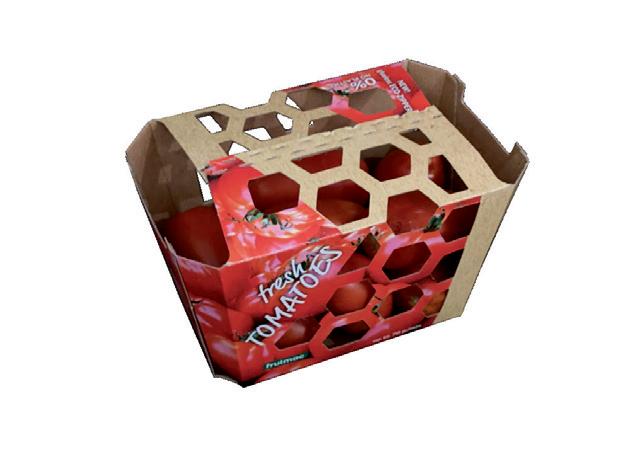
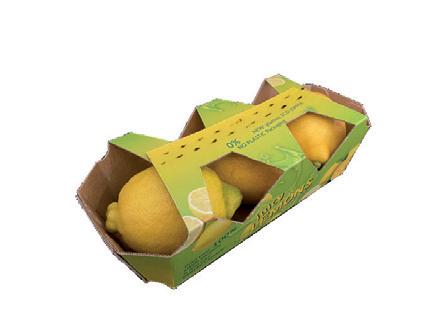


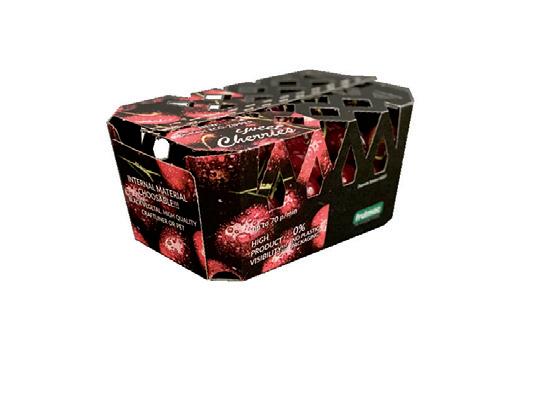

Start-up develops sugar-reduction tech for orange juice
Better Juice, a foodtech start-up that developed innovative technology to reduce all types of sugars in orange juice, has announced that its patent-pending technology is now scaling up. The start-up is installing a semi-industrial pilot plant that will be available for future testing at global partners’ plants. The pilot plant features the company’s sugar reduction process in a continuous flow technology that is designed to provide a consistent, safe and effective enzymatic process.
The enzymatic technology uses all-natural ingredients to convert fructose, glucose and sucrose into prebiotic dietary fibres and other non-digestible molecules. The company’s new pilot plant system is able to reduce up to 80% of simple sugar in orange juice at a rate of up to 50 litres/hour. The non-GMO technology is designed to target the specific sugar composition in the orange juice to naturally create a lowcalorie reduced-sugar product that has a delicate sweetness, without using any sweeteners or additives to replace the sugars in the juice.
Better Juice has signed collaboration agreements with many global juice producers, and aims to attain full industrial scale and supply to the market within a year, according to Eran Blachinsky, PhD, founder and CEO of Better Juice.
“Soon, you will be able to see natural juice beverages with more favourable Nutri-Scores,” Blachinsky said. Nutri-Score is a food label system that converts the nutritional value of products into a clear letter and colour code on the packaging in Europe.
“Juice and beverage manufacturers are increasingly aware of the need to reduce the sugar levels in their products before new labelling initiative goes into action. By using Better Juice technology, this will be easy to achieve,” Blachinsky said.
One of the challenges in continuous flow reduction of sugars in natural juices is keeping the process contamination-free, without damaging the enzymatic activity. Better Juice developed a device crafted from stainless steel, with aseptic fittings and welding, with a unique process that provides a continuous, safe flow for its enzymatic sugar-reduction process for weeks at a time, without interrupting the sterilisation stage.
Gali Yarom, Partner, COO and VP of Business Development for Better Juice, stated that the scale-up pilot plant is designed for smooth implementation into the standard procedures used by the juice industry.
“Better Juice’s new tech process is cost-effective by virtue of its ability to maintain the continuous flow stage. This is a key factor for beverage manufacturers seeking to affordably reduce sugars naturally while maintaining the juice quality and clean label attributes — a real game changer for the juice industry,” Yarom said.

© Stock.Adobe.com/au/Yummy pic
Cleaning and sanitising solutions
PathoSans is a Melbourne-based company whose vision is to create safer and environmentally friendly effective cleaning and sanitising solutions. Using ECA technology, it generates these solutions using only three ingredients — salt, water and electricity — creating two separate food-grade/food-safe solutions: PathoClean, a dilute sodium hydroxide cleaner and degreaser; and PathoCide, a hypochlorous acid sanitiser which is claimed to be twice as effective as bleach and kills up to 99.9% of pathogens.
The PathoSans solutions are designed to aid by mitigating the risks associated with the long-term exposure to harsh chemicals like those of traditional cleaning chemicals.
The products are suitable for use in cafes, pubs, bars, bakeries and food/hospitality Industry.
Suitable for sensitive skin and eyes, the products are available in 750 mL spray bottles, 10 L drums or 1000 L IBC Tank.
Spraying Systems Co Pty Ltd
www.spray.com.au

Disinfection robot
OMRON Asia Pacific has launched a disinfection robot called LD UVC. Developed in partnership with Techmetics Robotics, the robot is designed to enable organisations to fight the spread of infectious diseases. The UVC light breaks down the pathogens’ DNA and RNA beyond recover, thus preventing them from replicating. The robot navigates autonomously and disinfects premises including high-touch areas by eliminating airborne and droplet bacteria and viruses, by delivering the precise dosage of UVC energy.
Featuring lasers and passive infrared (PIR) motion sensors for motion detection and avoidance, the robot manoeuvres through narrow corridors, elevators and automatic doors. It also shuts off its UVC light upon human detection, providing safety. Suitable for indoor spaces, the robot follows a mapped route, reducing the requirement of manpower resources needed for manual cleaning. Bumper, sonar and emergency stop also provide additional safety.
The machine features an automatic charging and smooth touch interface for control, and is suitable for facility management across hospitals, hotels, food and beverage, hospitality, shopping malls, event venues, airports and corporate offices. Simple installation of software enables the robot to run with minimal installation time, with no modifications or reconstruction of the worksite required.

Waterproof conduit pipe panel PC
Backplane Systems Technology has introduced Winmate’s IP69K Stainless P-Series with Waterproof Conduit Pipe Panel PC.
Features include screen sizes ranging from 15~23.8″, with P-Cap Touchscreen to ensure a user-friendly, multi-touch experience and a waterproof conduit pipe for extra cable protection.
The unit is engineered to be suitable for operations in demanding environments that call for uncompromising hygiene requirements, such as in the food, chemical or pharmaceutical industries.
The panel PC consists of SUS304 stainless steel. The housing is full IP69K-rated water, dust and corrosion-proof, withstanding extensive washdowns with corrosion resistance against cleaning agents, especially against close-range high-pressure (up to 30 bar) and high temperature (up to 80°C) washdowns.
The custom-built waterproof conduit pipe is preinstalled to give an additional layer of protection for the peripheral cables connected to the device. The included air vent valve comes with an automatic mechanical system to act as a safety device that controls and maintains pressure without the user’s assistance to avoid air-related problems.
The projective capacitive technology delivers responsive performance, even in extreme environments, by supporting multi-touch and allowing for the user to operate it easily with fingers.
The unit is available with versatile mounting options, including panel, yoke and VESA mount, for installation in all industrial scenarios.
Equipped with a high-performing Intel Core i5-7200U Kaby Lake processor, the unit can easily handle multimedia content. The wireless connectivity is not compromised thanks to the support for Wi-Fi and Bluetooth for real-time communications and data transfer.
Backplane Systems Technology Pty Ltd
www.backplane.com.au
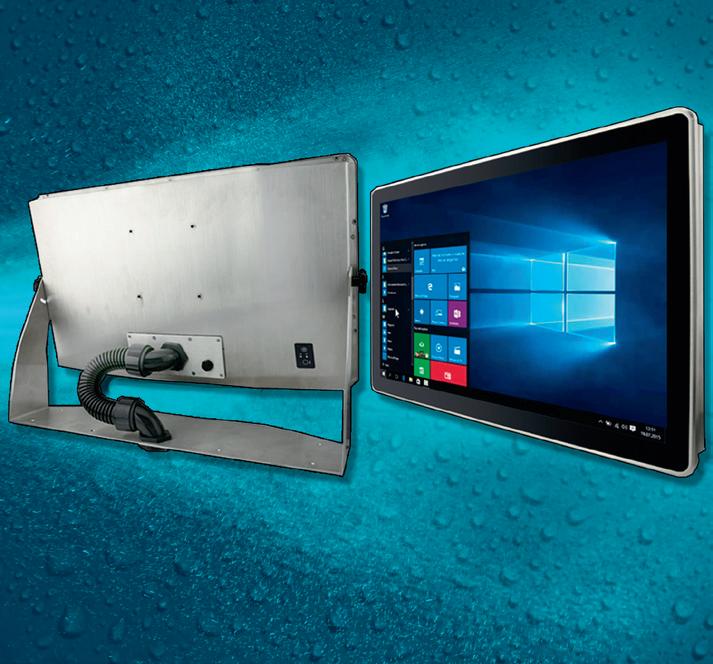

Chocolate melter
Chocolate machinery designer and manufacturer PTL has launched its latest chocolate melter, the PTL Melter V20. The machine has been designed to meet its customers’ demand for faster production process and more flexibility for producing more SKUs with shorter lifecycles.
As product melting capability is central to this, the company looked at its melter from the ground up, with the aim of delivering a machine that could support increased production, lower costs and greater agility.
According to the company, the PTL Melter V20 has a melt rate that is up to 125% higher than previous melters. The changeover process has also been transformed. Masses/coatings can be quickly switched and washdown is fast and simple, with a focus on allergen cleanability. For example, all product contact surfaces are removable or accessible for cleaning.
The machine has a 45% smaller footprint and a self-contained, plug and play design. Easy to fit into any production area, it can eliminate the need for a tank/kettle strategy and for long pipe runs, as it can be situated next to use-point.
Designed to melt multiple SKUs, manage allergens and minimise downtime, the chocolate melter is the result of research with multinationals and co-manufacturer customers throughout the US and other markets, and R&D by PTL’s expert team.

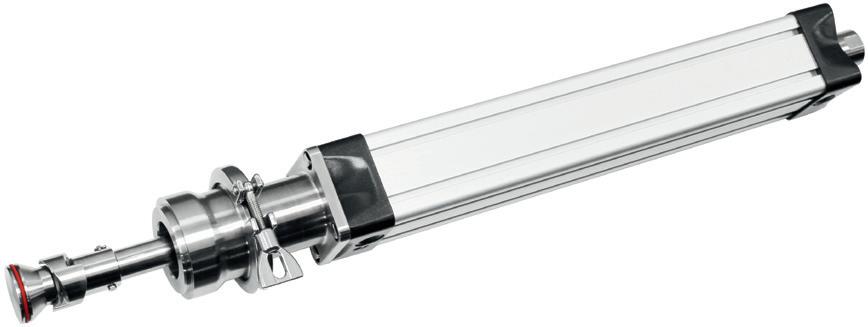
Retractable tank cleaner overcoming shadowing
In some manufacturing industries, scum lines and shadowing from mixing blades or internal pipework make tank cleaning difficult. But with the aid of a new type of retractable tank washer, these issues can be overcome.
The UKD Retractable Tank Washer can be placed on the top or along the sides of a tank without interfering with the mixing blades. The reason is, only the hollow cone washing head is located within the tank while the rest of the unit sits outside the tank wall.
Using a pneumatic drive, the washing heads move through the tank to target every hard-to-clean area. The unique design of the Retractable Tank Washer also allows for additional, short cleaning cycles to be programmed into the usual cleaning sequence. These shorter cleaning cycles can be used to target the underside of internal mixing blades, scum lines or other difficult-to-reach areas in each tank.
By using these short cleaning cycles, a concentrated volume of water can be focused for greater cleaning impact. In addition, multiple short cycles can be programmed to provide concentrated cleaning, as many times as required, over difficult points.
Designed and manufactured in Italy, the device is made from AISI 316L Stainless Steel and EPDM. The cleaning head is fixed with a tri-clamp for easy access for servicing. The standard hollow cone washing heads have a 100 L/min capacity at 3 bar but customised designs are available.
This new type of tank washer is suitable for use in the pharmaceutical, chemical manufacturing, dairy, brewery, winery or food and beverage industries. In fact anywhere that uses mixing tanks as part of the manufacturing process.
Tecpro Australia
www.tecpro.com.au
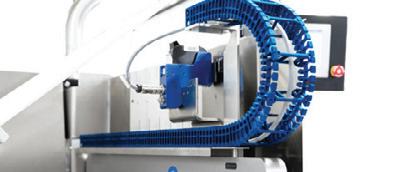
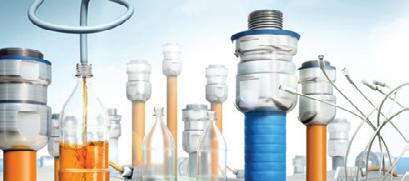

Manual swabs and continuous sampling sheets
A non-destructive test method for indicator organisms plus pathogens including E. coli O157 and Salmonella in beef trim is now available. When used as directed, MicroTally Manual Swabs and Continuous Sampling Sheets can provide an organism recovery rate greater than or equivalent to the N60 or N60+ method for detection.
The Continuous Sampling device requires a swab to be placed in a bracket at the end of the conveyor line. Microorganisms are collected on the swab as the beef trim passes over the top of the swab before falling into the Combo Bin. Using this method allows the majority of beef trim pieces to be tested, providing a more representative sample in comparison to current methods.
For situations where a Combo Bin is not filled by a conveyor belt, the MicroTally Manual Sampling swabs can be used. Simply use the cloth to manually wipe the pieces of beef trim at the top of the Combo Bin.
Implementing MicroTally Manual Swabs and/ or Continuous Sampling Sheets can provide a safer beef product coupled with reduced labour and sampling costs for processors.
Australasian Medical & Scientific Ltd
www.amsl.com.au
